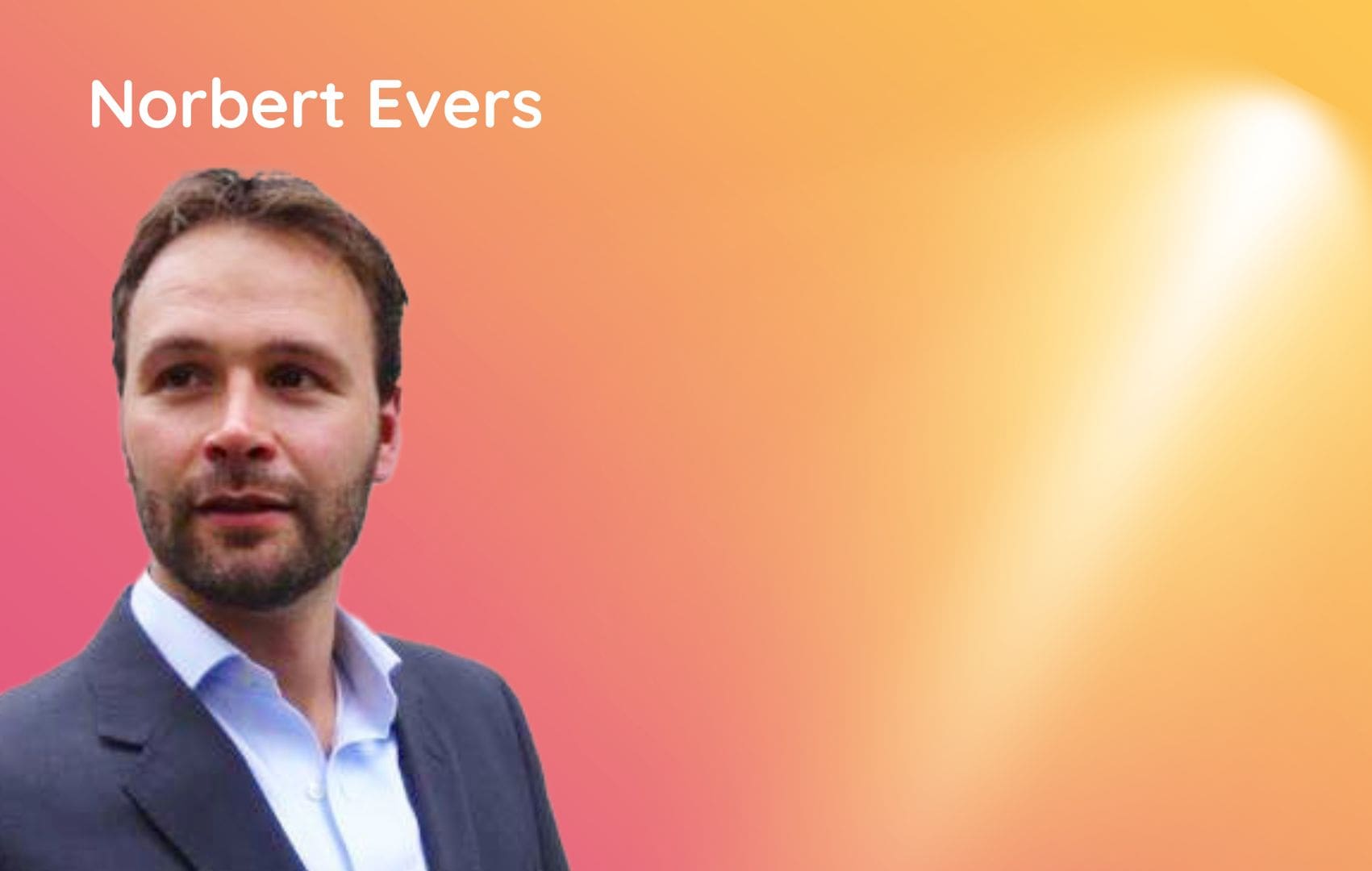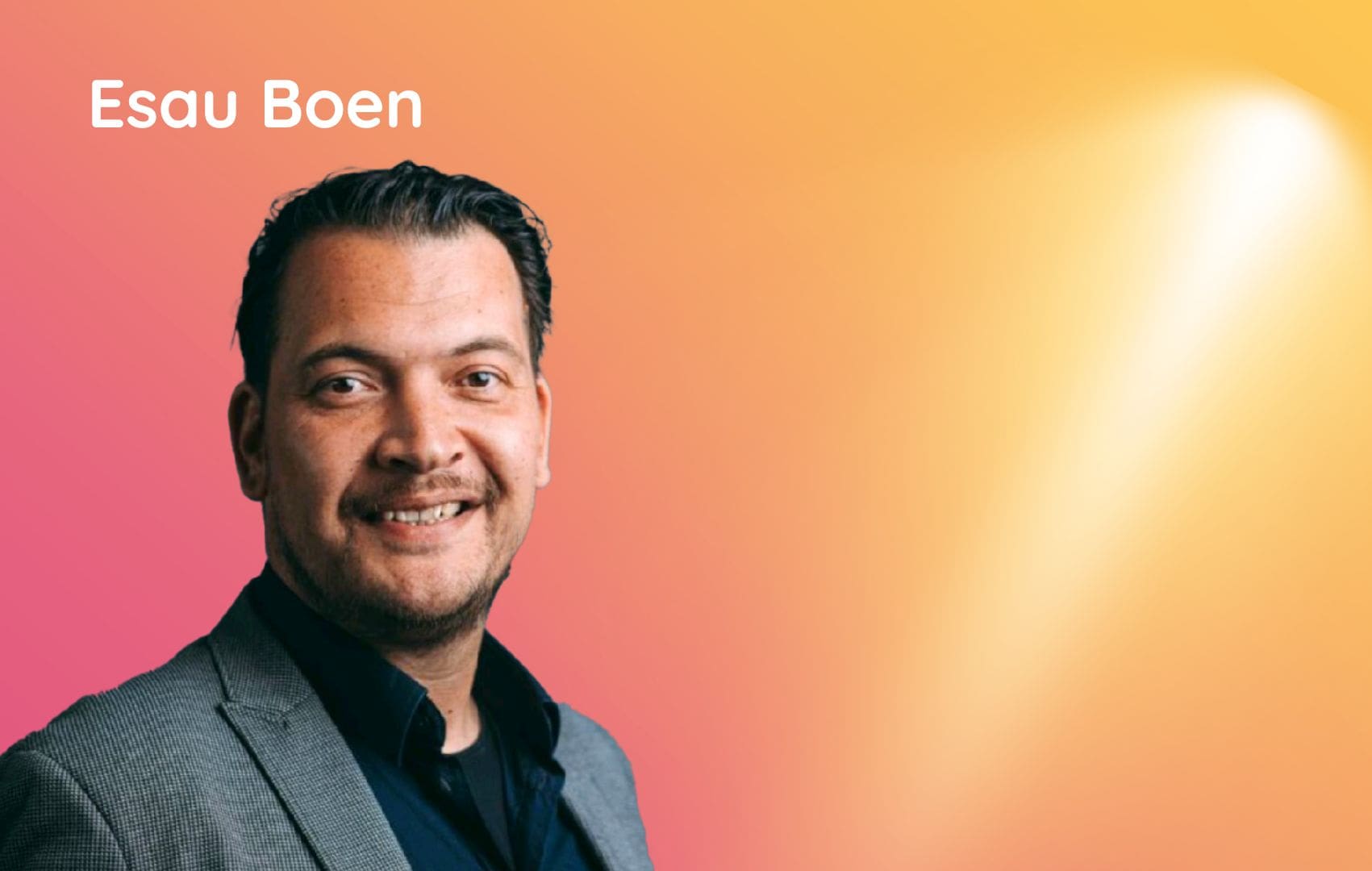What is Agile?
Agile is an iterative approach to project management and software development that helps teams deliver value to their customers faster and with fewer headaches. Instead of betting everything on a “big bang” launch, an Agile team delivers work in small, but consumable, increments. A good way to start learning more on agile is to read about the Agile Principles and Agile Methodologies.
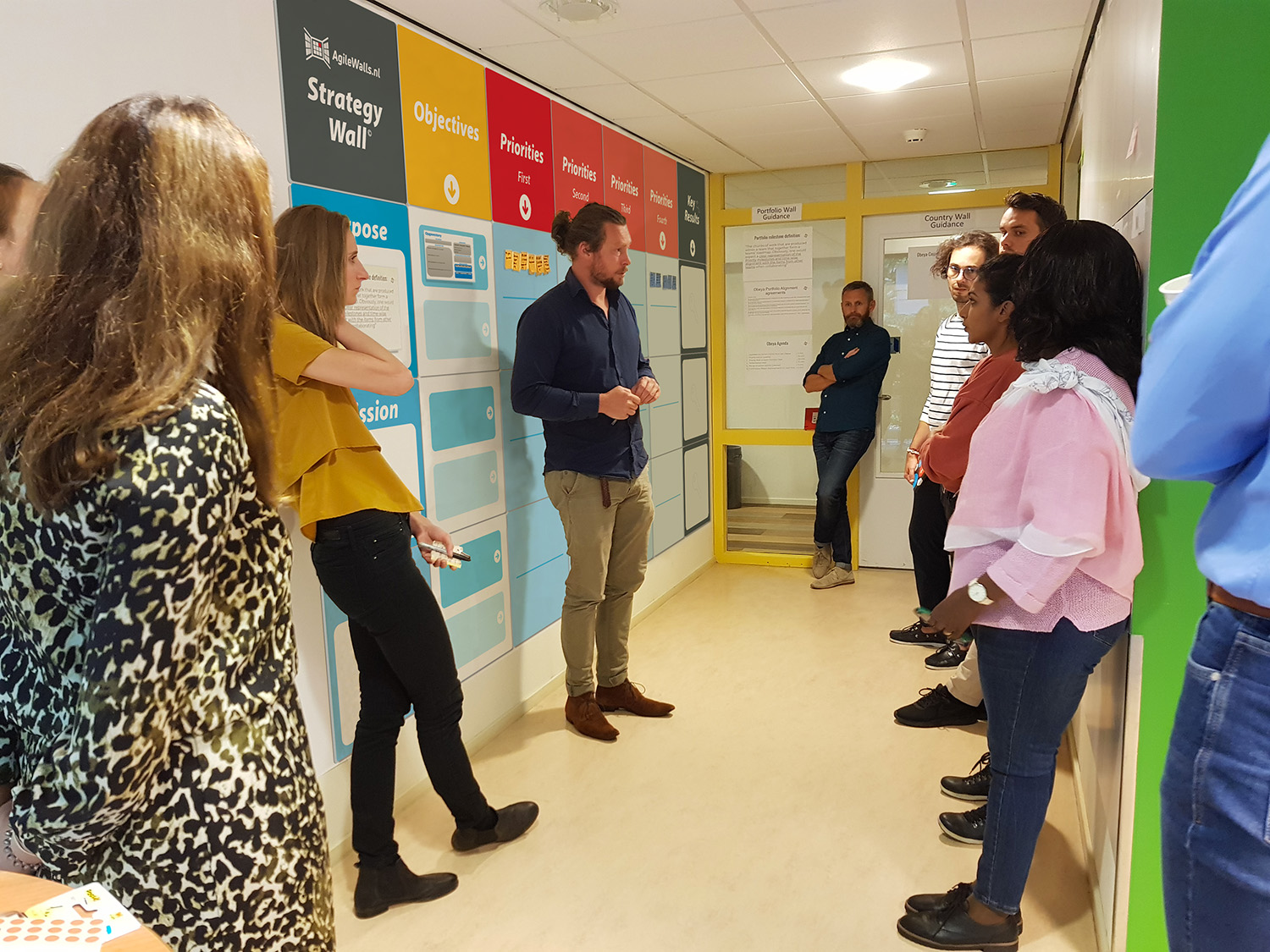
The history of Agile
The origin of agile is best understood by looking at the technological revolutions that have taken place. In our opinion, ways of organizing are always linked to what you produce. Those products have changed a lot over the past centuries:
18th and 19th century: the rise of the steam engine. This meant the emergence of professional management. The new machinery required far-reaching division of tasks, roles and responsibilities. A “manager” oversaw this.
19th and 20th century: the rise of the internal combustion engine. These engines enable products that are even more complex: cars, for example, with many parts. It meant even more extensive processes, where efficiency became the goal. Think for example of the Toyota production philosophy and lean management.
20th and 21st century: the rise of software and the internet. This technology differs fundamentally from the others: software is constantly adaptable and can be distributed and updated indefinitely thanks to the internet. This means that change is the order of the day and therefore new agile forms of organization and management are needed.
The focus is no longer on efficiency, but on adaptability, speed and effectiveness.The software developers and teams, without being fully aware of it, have started the agile revolution. They found that they were unable to work with elaborate plans, entangling hierarchies and lengthy process descriptions. It had to be done differently. So they developed new ways of thinking, working and organizing that revolve around agility.
The Agile way of thinking
The agile way of thinking is all about:
- Embracing uncertainty instead of fearing it
- Testing assumptions, instead of writing them down
- Strong team instead of thinking about the top individual
The examples above provide a picture of the values and principles that are central to agile organizations. However, as with other values, you have to make agile values tangible and propagate them. Developing the agile way of thinking only really gets added value if it is used in the long term. Want to learn more? Get acqainted with agile methodologies.
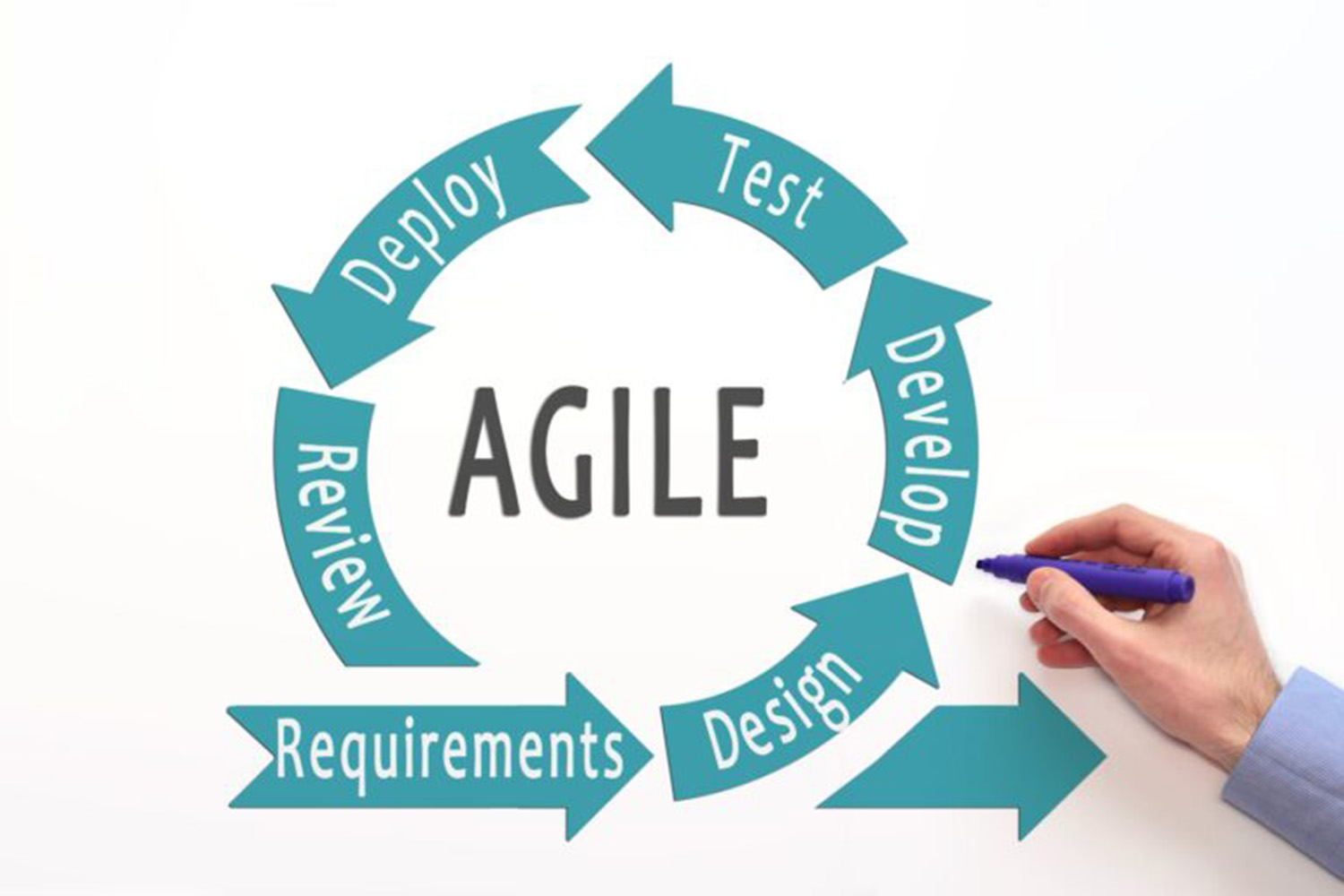
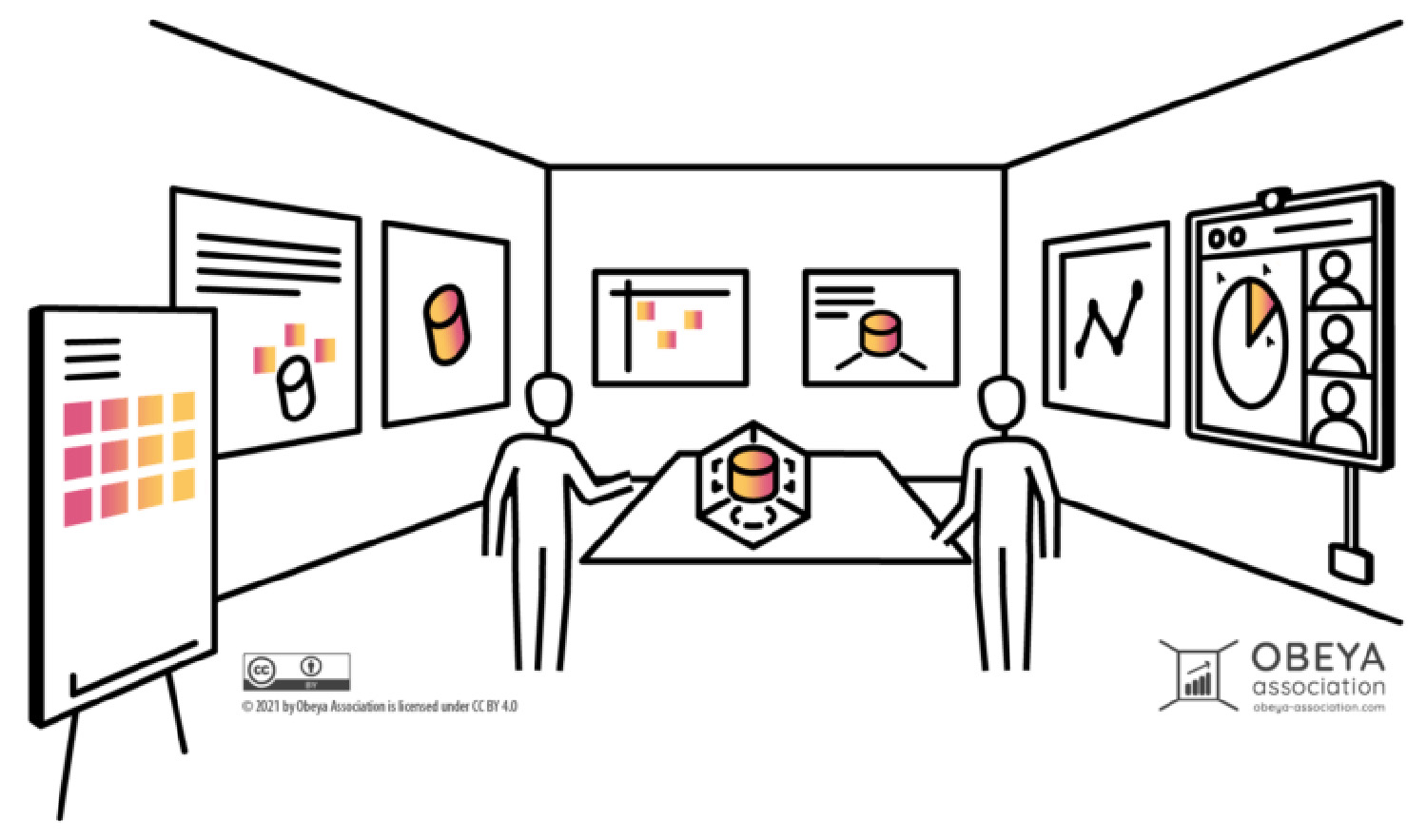
Scaling Agile with Obeya
Obeya is ideal to combine Lean and Agile, with Big Room Planning and Agile Portfolio Management. All resources help organizations to translate their strategy into all projects and activities in the organization and to prioritize them.
Obeya allows different ways of working to be combined in one room. Especially Lean and Agile are a great combination as both require a short-cycled rhythm and count on the involvement of as many people as possible.


